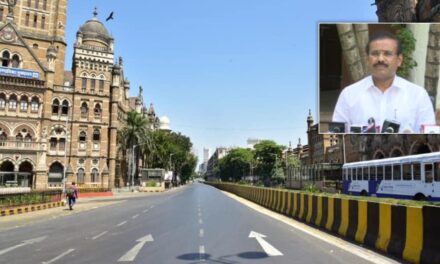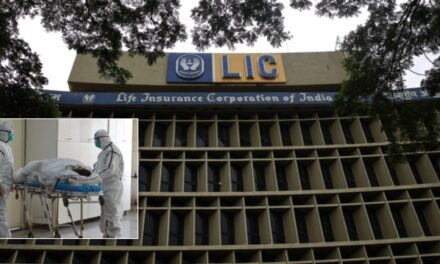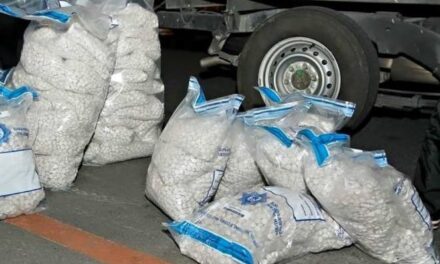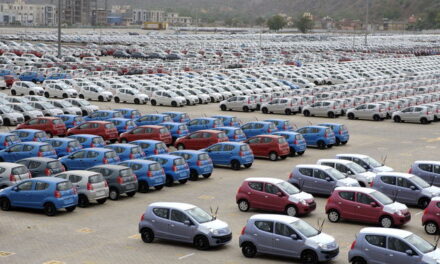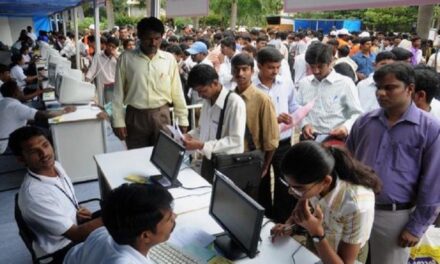
India’s richest 1% own 58% of country’s total wealth: Oxfam
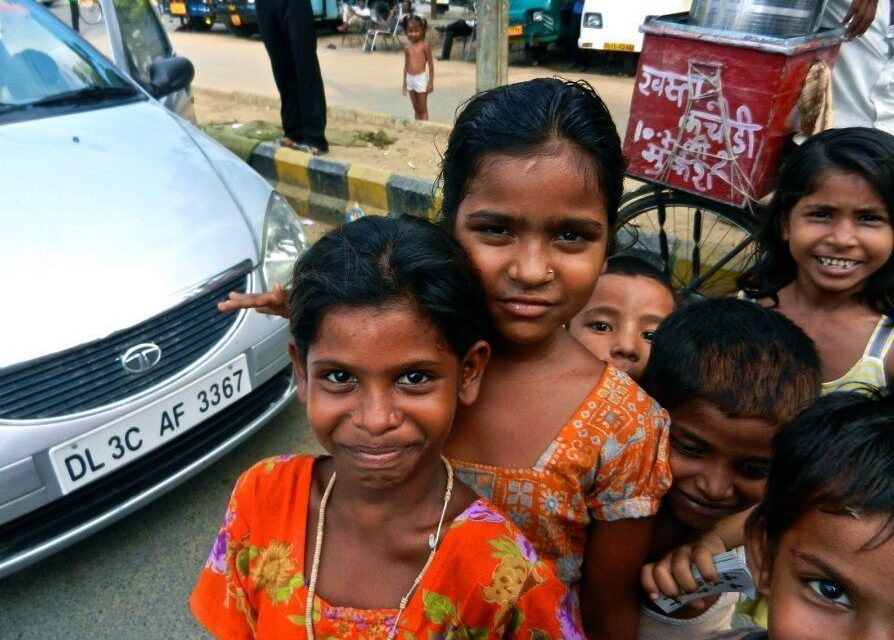
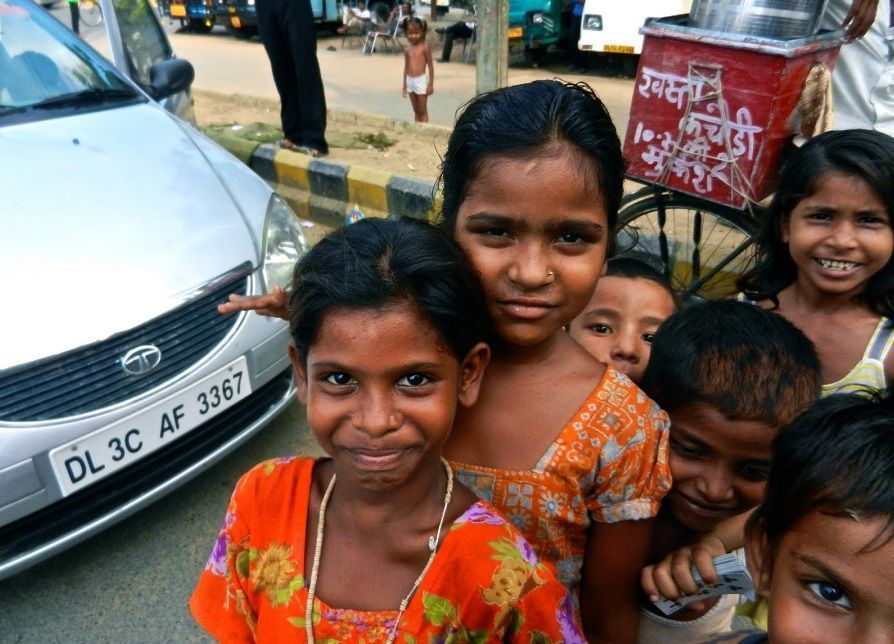
Representational Image
In a testament to the rising inequality in the country, India’s richest 1 percent now hold an unprecedented 58 percent of the country’s total wealth, more than the global average of 50 percent, a new study has said.
The study, released by rights group Oxfam ahead of the World Economic Forum (WEF) annual meeting in Davos, was attended by rich and powerful from across the world.
It showed that just 57 billionaires in India now have same wealth (USD 216 billion) as that of the bottom 70 percent population of the country.
Globally, 8 billionaires, from Bill Gates to Michael Bloomberg, have the same amount of wealth as the poorest 50 percent or 3.6 billion of the world population.
The study said there are 84 billionaires in India, with a collective wealth of USD 248 billion, led by Mukesh Ambani (USD 19.3 billion), Dilip Shanghvi (USD 16.7 billion) and Azim Premji (USD 15 billion). The total Indian wealth in the country stood at USD 3.1 trillion.
The total global wealth in the year was USD 255.7 trillion, of which about USD 6.5 trillion was held by billionaires, led by Bill Gates (USD 75 billion), Amancio Ortega (USD 67 billion) and Warren Buffett (USD 60.8 billion).
In the report titled ‘An economy for the 99 percent’, Oxfam said it is time to build a human economy that benefits everyone, not just the privileged few.
The report said that since 2015, the richest 1 percent have owned more wealth than the rest of the planet.
“Over the next 20 years, 500 people will hand over USD 2.1 trillion to their heirs – a sum larger than the GDP of India, a country of 1.3 billion people,” Oxfam said.
The study findings showed that the poorest half of the world has less wealth than had been previously thought while over the last two decades, the richest 10 percent of the population in China, Indonesia, Laos, India, Bangladesh and Sri Lanka have seen their share of income increase by more than 15 percent.
On the other hand, the poorest 10 percent have seen their share of income fall by more than 15 percent.
“Due to a combination of discrimination and working in low-pay sectors, women’s wages across Asia are between 70-90 percent of men’s,” it said.
Referring to the Global Wage Report 2016-17 of Indian Labour Organisation, the study said India suffers from huge gender pay gap and has among the worst levels of gender wage disparity.
On average, men earn approximately 30 percent more than women doing similar jobs.
In India, women constitute 60 percent of the lowest paid wage labour, but only 15 percent of the highest wage-earners, implying that Indian women are poorly represented in the top bracket of wage-earners and experience wide gender pay gap.
It also said that more than 40 percent of the 400 million women who live in rural India are involved in agriculture and related activities. However, as women are not recognised as farmers and do not own land, they have limited access to government schemes and credit, restricting their agricultural productivity.
“It is obscene for so much wealth to be held in the hands of so few when 1 in 10 people survive on less than $2 a day. Inequality is trapping hundreds of millions in poverty; it is fracturing our societies and undermining democracy” said Winnie Byanyima, Executive Director of Oxfam International.
With PTI inputs




